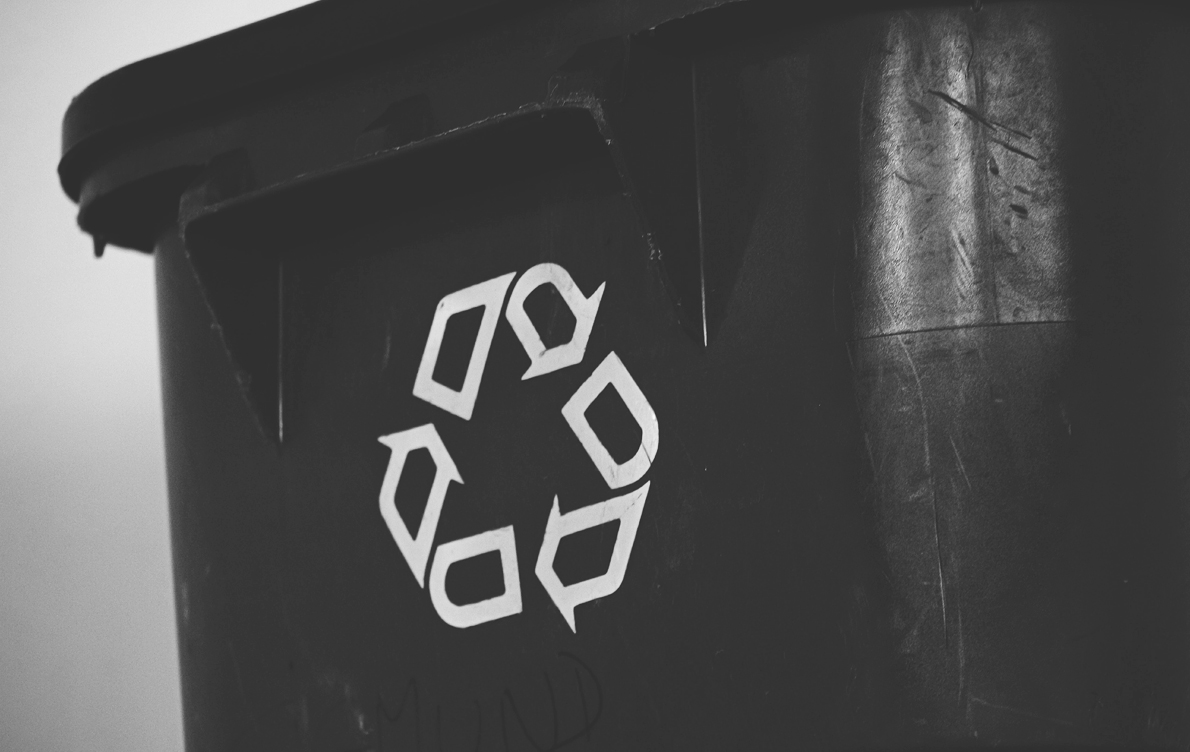Clean Water Act Jurisdiction Expansion? Supreme Court Takes Up Circuit Court Debate Over Groundwater Discharges to Navigable Waters
The United States Supreme Court agreed today to consider the issue of whether a Federal Clean Water Act (“CWA”) permit is required for discharges of pollutants from point sources that reach CWA navigable waters through a groundwater conduit. By taking up this case, the Supreme Court will hopefully resolve a current Circuit Court split between the 9th and 4th Circuits, which have both held that discharges of pollutants through groundwater require a CWA permit, and the 6th Circuit which has rejected that theory.
The case before the Court is County of Maui v. Hawaii Wildlife Fund, et al., No. 18-260, in which the 9th Circuit ruled that pollutants found in CWA navigable waters that are “fairly traceable” to a point source discharge to groundwater are a basis for liability under the Act and would require a CWA permit. In County of Maui, the point sources at issue were underground injection wells that discharged sanitary effluent via groundwater to the Pacific Ocean.
The Supreme Court’s decision could have far-reaching impacts on a variety of industries and practices, including those which may not be currently regulated under the CWA. The decision also has the potential to bring an added layer of complexity and reopener risk to groundwater cleanups.
No aspect of this advertisement has been approved by the highest court in any state.
Results may vary depending on your particular facts and legal circumstances.
As the law continues to evolve on these matters, please note that this article is current as of date and time of publication and may not reflect subsequent developments. The content and interpretation of the issues addressed herein is subject to change. Cole Schotz P.C. disclaims any and all liability with respect to actions taken or not taken based on any or all of the contents of this publication to the fullest extent permitted by law. This is for general informational purposes and does not constitute legal advice or create an attorney-client relationship. Do not act or refrain from acting upon the information contained in this publication without obtaining legal, financial and tax advice. For further information, please do not hesitate to reach out to your firm contact or to any of the attorneys listed in this publication. No aspect of this advertisement has been approved by the highest court in any state.
Join Our Mailing List
Stay up to date with the latest insights, events, and more





